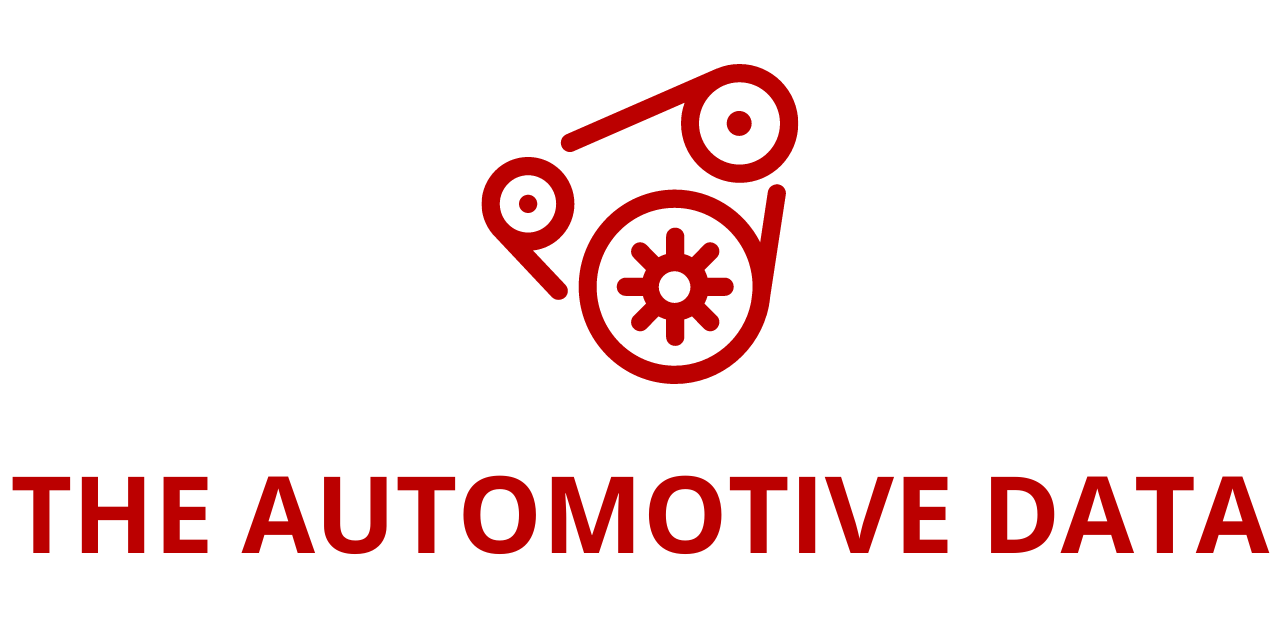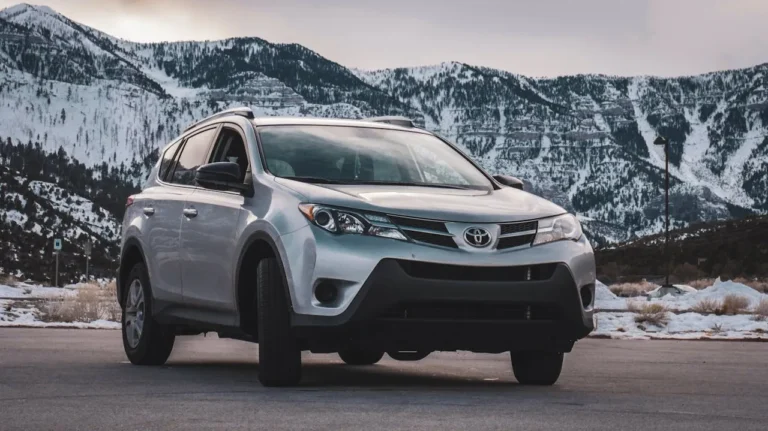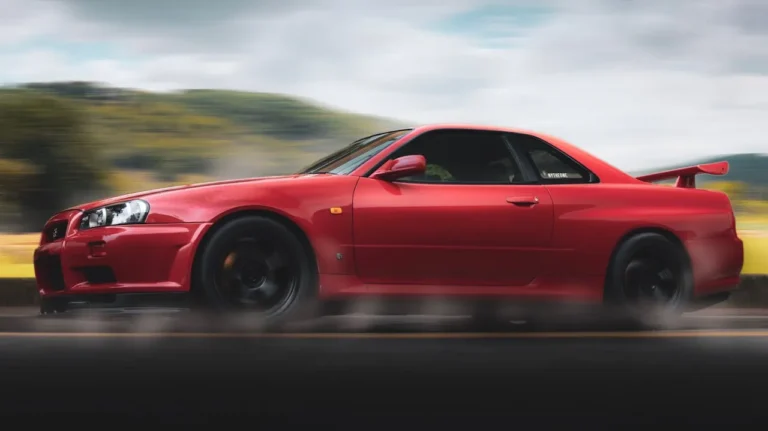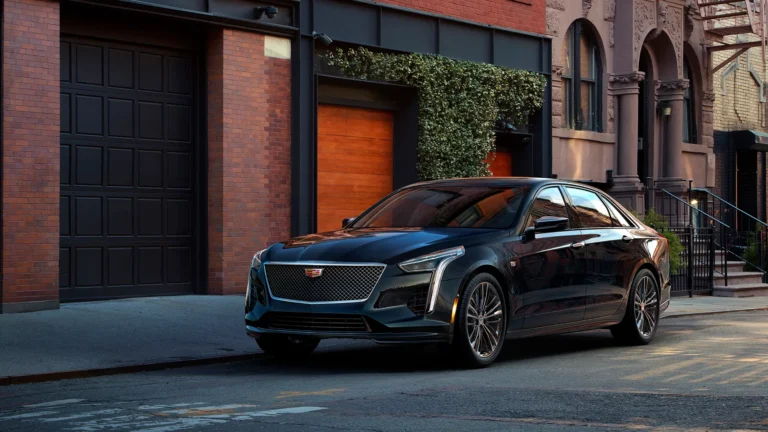
OEMs Accelerate Adoption of Global SOA and Middleware to Power Next-Gen Vehicle Software Architectures
The global automotive industry is undergoing a transformative shift toward centralized vehicle architectures, with software-defined vehicles (SDVs) becoming the cornerstone of innovation. According to the newly released Software-Defined Vehicles in 2025: SOA and Middleware Industry Research Report from ResearchAndMarkets.com, automakers are rapidly embracing Service-Oriented Architectures (SOAs) and advanced middleware platforms to support next-generation electronic/electrical (E/E) architectures and unlock the full potential of intelligent mobility.
Centralized E/E Architectures Drive SOA Integration
As modern vehicles transition from distributed to centralized and zonal E/E architectures, the demand for modular, scalable, and service-centric Vehicle Software frameworks has surged. SOA—originally pioneered in enterprise IT—has emerged as the foundation for this transformation, enabling seamless communication between applications and hardware across different domains.
SOAs decompose vehicle functions into modular, reusable services that can be dynamically orchestrated, updated over-the-air (OTA), and deployed independently. This approach enhances flexibility, reduces software development complexity, and allows for faster feature deployment. OEMs are no longer limited to isolated domain-specific controllers; instead, they are building comprehensive service ecosystems that span the entire vehicle.
Case Studies: Changan and NIO Lead the Way
Chinese automaker Changan has taken significant strides in developing its own SOA-based software framework, the Smart Driving Architecture (SDA). Supporting over 3,000 vehicle-defined service buses, SDA facilitates efficient, high-speed communication across multiple domains. Vehicle Software This modularity accelerates software iteration and supports dynamic feature scaling across vehicle models.
Similarly, NIO’s SkyOS, introduced in 2024, exemplifies the future of vehicle operating systems. Built on a robust SOA framework, SkyOS features over 1,600 atomic service APIs abstracted from hardware, allowing application developers to build new features Vehicle Software without reworking the underlying systems. It incorporates NIO’s proprietary high-performance communication protocol, TOX, which enables real-time, reliable service discovery and cross-domain messaging. SkyOS supports rapid OTA deployment, scalable computing, and cross-platform interoperability, offering a blueprint for future vehicle software ecosystems.
Cross-Domain Integration Demands Unified Middleware Platforms
As vehicles integrate more functionalities—ranging from infotainment and ADAS to powertrain and body control—the complexity of Vehicle Software coordinating these domains grows exponentially. Middleware has emerged as a critical enabler, acting as the “glue” that connects software layers, hardware platforms, and network protocols.
To address these challenges, automakers and suppliers are investing heavily in unified middleware platforms. Xpeng, for instance, has engineered a middleware framework tailored to the needs of software-centric Vehicle Software. By enabling efficient cross-domain data exchange, the platform significantly improves software development efficiency and scalability.
STEP’s Virtual Function Bus (VFB), launched in early 2025, enhances multi-domain software collaboration by providing a standardized interface for inter-domain communication. It minimizes integration friction and streamlines SOA platform deployment. Meanwhile, Vector’s System Gateway, introduced in 2024, offers a routing solution compatible with multiple third-party stacks—including IP, ROS/DDS, SOME/IP, and Android—allowing developers to flexibly manage services across diverse software environments.
AI Foundation Models Expand the Role of Middleware
Artificial intelligence is increasingly intertwined with vehicle software platforms, creating new opportunities—and challenges—for middleware. As AI capabilities expand into perception, planning, voice recognition, and personalization, middleware must evolve to support model deployment, inference orchestration, and data fusion.
By 2025, many OEMs are integrating AI foundation models directly into their middleware stacks, leveraging unified SDKs and model reasoning frameworks to enhance system intelligence and adaptability.
Changan has embedded an AI services framework into its SDA architecture, enabling dynamic computation, contextual understanding, and seamless integration of cloud-based models into vehicle functions. Geely’s ‘Global Smart Car AI’ system goes a step further by delivering a comprehensive AI OS that manages resources across infotainment, driver assistance, and user interaction domains. The platform allows AI services to transition fluidly between devices—such as smartphones, tablets, and head units—while ensuring data security and continuity.
Geely’s AI OS architecture is also designed for horizontal scaling, meaning it can serve a variety of brands and vehicle segments under the company’s umbrella. This positions the company to standardize its software infrastructure while tailoring experiences to individual vehicle platforms.
Structuring the SOA and Middleware Ecosystem
The report details the growing complexity of the automotive SOA and middleware ecosystem, highlighting key definitions, benefits, architectural principles, and emerging supply chain structures.
Key Differentiators of Automotive SOA:
- Modularity: Services can be developed and deployed independently.
- Scalability: Easily adapts to varied computing platforms and vehicle tiers.
- Reusability: Common services can be shared across models and brands.
- OTA Capabilities: Enables remote updates without vehicle downtime.
Middleware Categories Include:
- Microcontroller Abstraction Layer (MCAL)
- Vehicle Control Middleware
- AUTOSAR-based Middleware
- SOA-based Middleware for Intelligent Driving
- AI Model Integration Middleware
OEM and Supplier Strategies
The report also provides a detailed mapping of how major OEMs and Tier 1 suppliers are organizing their middleware and SOA development strategies. Chinese OEMs such as Xpeng, NIO, Li Auto, Leapmotor, and Geely are aggressively building in-house platforms, often in collaboration with local software integrators. Traditional automakers—including BMW, Mercedes-Benz, Volkswagen, Volvo, and Stellantis—are also prioritizing software investments, often through joint ventures and acquisitions.
Key domestic software suppliers in China include:
- Huawei: Developing intelligent vehicle operating systems and SOA frameworks.
- Neusoft Reach: Providing middleware and AI platform services.
- Jingwei Hirain, Thundersoft, and EnjoyMove: Offering full-stack SOA and middleware integration services.
Leading foreign technology providers include:
- Bosch ETAS and Continental Elektrobit: Known for AUTOSAR-compliant middleware platforms.
- Vector and TTTech AUTO: Focused on cross-domain communication and deterministic networking.
- Aptiv and GUARDKNOX: Specializing in cybersecurity and real-time service orchestration.
Application Scenarios and Security Design
The report outlines multiple application scenarios where SOA and middleware play vital roles:
- Central Computing Platforms: Manage multi-domain operations and high-performance workloads.
- Intelligent Cockpits: Integrate infotainment, voice assistants, and personalized services.
- Advanced Driver Assistance Systems (ADAS): Require high-bandwidth, low-latency communication across sensors and ECUs.
Security is also a central theme, as service exposure across vehicle networks introduces new vulnerabilities. Secure service discovery, encrypted communication protocols, and intrusion detection systems are becoming essential components of SOA-enabled platforms.
Towards an Intelligent, Connected, and Scalable Vehicle Ecosystem
As vehicles become increasingly intelligent, connected, and software-defined, the role of SOA and middleware will only grow in importance. Automakers must navigate a complex landscape of system integration, AI enhancement, security, and real-time responsiveness to deliver seamless user experiences.
By adopting global SOA frameworks and investing in middleware innovation, OEMs are positioning themselves for long-term software scalability, cross-brand integration, and differentiated user offerings. The 2025 outlook is clear: software—and the architecture behind it—is the new driving force of automotive innovation.







